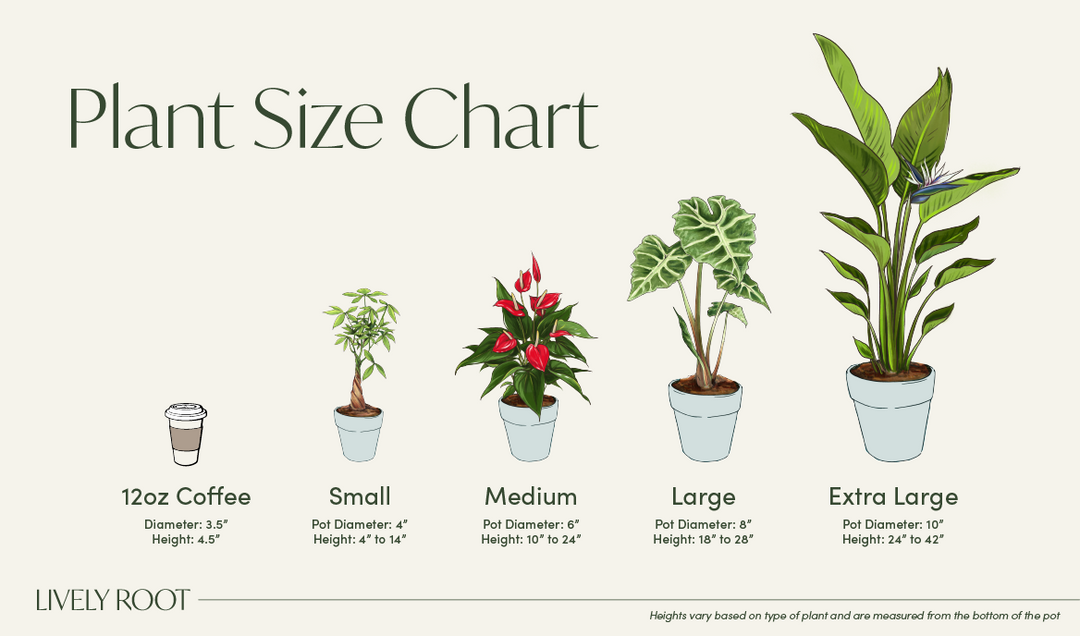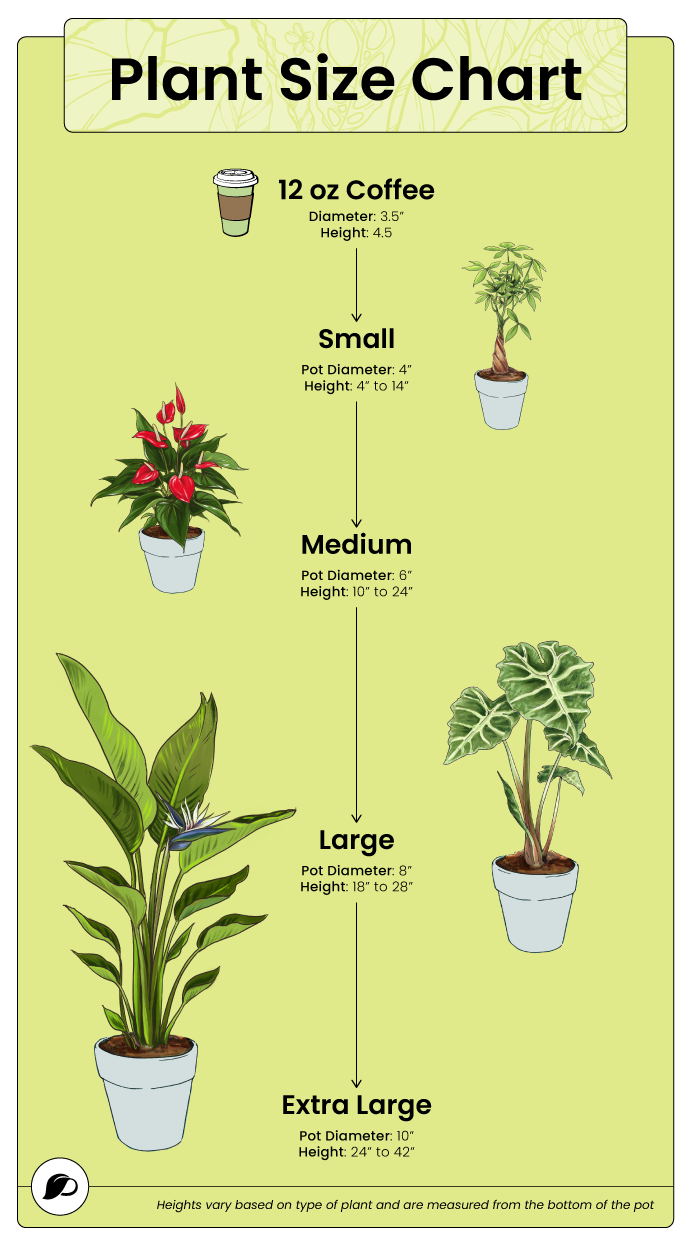Gift Card Balance
Enter the code below to redeem your gift card


If you've been to Italy or wish to go there, this plant will greet you on garden landscapes. He is a handsome specimen and reaches a grand height of 40-60 ft. tall, 20-40 ft. wide over time but don't worry; he's a slow-growing conifer. Keep him in full sun and water to establish, then let dry between waterings after the 2-3 years.
Care Level: I'm Easy
Pet Friendly: Warning
Toxic to ingest
Origins: Mediterranean; South Africa, New South Wales
Fun Facts: Italian Stone Pin...
Italian Stone Pines has been a landscape specimen in Italy since the Italian Renaissance period. This plant has made the list in the United Kingdom as a Royal Horticultural Society Garden Merit plant!

Plant your tree in a full sun area (6-8 hours).
Water your tree the first year and follow our watering suggestions. After the roots are well established in the second or third year, let the plant dry between waterings.
This plant is used to dry Mediterranean climates. It is susceptible to fungal issues in humid areas of the country.
Keep this plant in a mild climate where it doesn't get below 50°F.
This tree will not tolerate extreme temperatures. Protect it from cold weather and ice damage.
Once established, this tree will not need fertilizer. To kick it off to a good start, add our Jon and Bob's fertilizer to the soil mix when planting.
When receiving your Italian Stone Pine, give it a few weeks to acclimate to the environment before planting it in the ground. Dig the hole twice as wide and only the depth of the grower pot. Add a rooting hormone to the native soil mix. If you have compacted soil, consider adding some compost to the native mix for better aeration. Place the plant in the middle of the hole and water. Let drain and then fill with the native soil and compost. Water again and pack down around the roots. :: If planting into a container, repot using a 2 inches bigger pot to keep the roots drier. (Too big of a pot could cause the soil to dry slower, which is not helpful.) Place a piece of screening at the bottom of the container over the drainage hole to secure the soil and allow it to drain. Use a succulent or cacti potting mix with perlite to help drainage. Water your plant in the old pot before transferring and let it sit for an hour. Add soil to the bottom to elevate the root ball. Lift the plant and release the roots against the existing planter. Use a clean knife or garden trowel to wedge between the pot and the soil to loosen. Inspect the root ball. Cut through the roots to alleviate continued encircling if the plant is rootbound. Ensure the plant sits about 1 inch below the edge of the pot to avoid water spillage. Add more soil and backfill around the sides by tamping down. Fill up to the soil line but not over. Water thoroughly, leaving the soil damp but not soggy. If settling occurs, add more soil. Let the water drain thoroughly between the waterings.
If you must, prune to shape the canopy during the winter season when in dormancy. At any time of year, removed any dead, damaged or diseased limbs or branches.
Take stem cuttings from the tips of the parent plant in the spring with sterile scissors. Trim a 3-6 inch cutting. Dip in rooting hormone and place it in moist potting soil. Keep the cuttings in bright, indirect light. After four weeks, check the rooting of the baby cutting by pulling gently on the leaf. If it's snug, then roots are forming.
Follow us @livelyroot & show us your #livelyroot plants


Get access to your rewards, referrals, and more